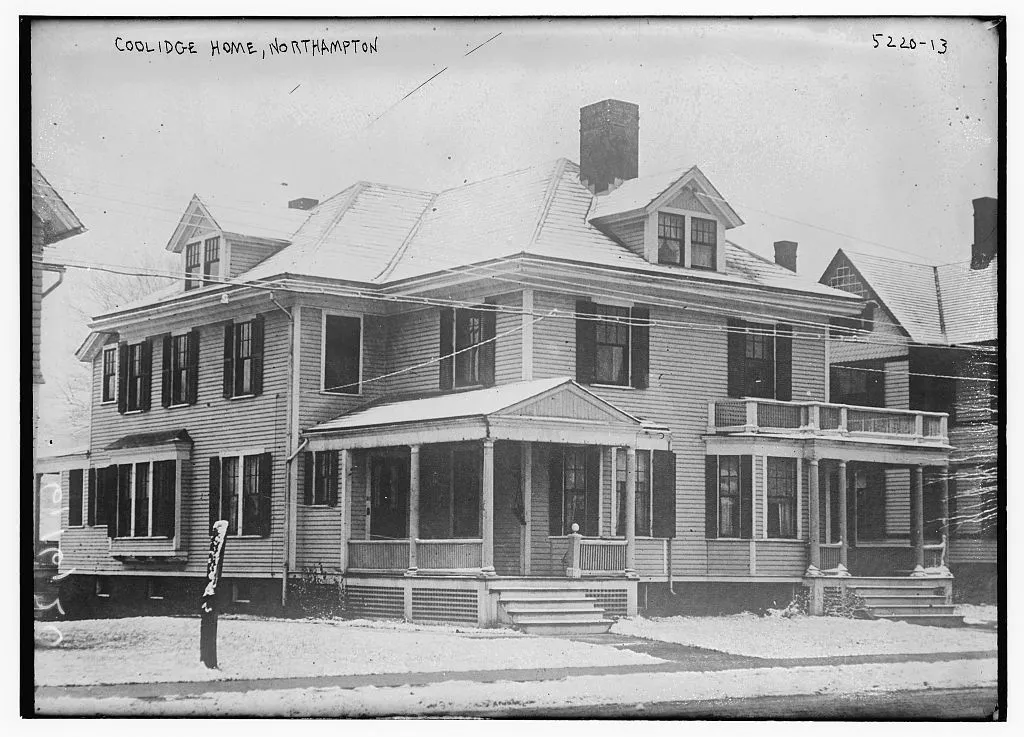All the Presidents’ Money: How They Earned, Spent, Saved, and Squandered
In a new book, Megan Gorman ’98 digs into the finances of the U.S. Presidents and reveals how they are just like us.
Presidents—they are just like us.
That’s the overarching theme of a new book by Megan Gorman ’98. All the Presidents’ Money digs into the finances of the United States presidents, presenting a wealth of historical facts and figures through a lens of financial best practices. It’s already garnering major press and is on the USA Today bestseller list.
Released in the midst of a divisive election season, the book gives readers a nonpartisan look at these larger-than-life figures and humanizes them. “Money is one of those things that really is a common human experience,” Gorman says. “All of us worry about money, regardless of how much we have.”
The book combines Gorman’s lifelong interest in history (she majored in history at Haverford) and her expertise as a tax attorney and wealth manager who worked Goldman Sachs, BNY Mellon, and is the founder and managing partner of Chequers Financial Management.
“In my reading of history, I would read where someone got married or bought a house and think, there’s finance behind that,” she says.
For All the Presidents’ Money, Gorman dug into presidential archives, combing through letters, insurance policies, and tax returns. She saw the same recurring themes she sees every day with her clients: who you marry, grit, luck, risk, budgeting, and concern for the future. These traits became the structure for the book.
Gorman examines how opportunity and skill affected presidents’ finances, leading them to either success or ruin. For instance: while Joe Biden had an affinity for real estate, Thomas Jefferson once nearly auctioned off Monticello to pay his debts.
Calvin Coolidge was a nearly lifelong renter and used to complain that the White House bought too much for events.
“James Monroe was once so strapped for cash, he had to take a loan of $300 from James Madison to cover furniture expenses,” Gorman says. “You don’t think of the Founding Fathers as saying, ‘hey, can you give me a loan?’”
Both Teddy Roosevelt and John F. Kennedy came from wealthy families, but Roosevelt was a spender, while JFK was notoriously, as a friend described, “tight with a buck.” Kennedy was also one of two presidents documented as giving their salary to charity, though he neglected to tell his wife; Jackie discovered in 1962 that he had been donating his salary since he was a congressman.
“A lot of presidents had an interesting wealth technique, which is that they married up,” Gorman says, referencing George Washington, Abraham Lincoln, and Dwight Eisenhower as examples of presidents who benefited from their wives’ wealth. It’s an interesting contrast to candidate Kamala Harris, Gorman points out, whose partnership with husband Doug Emhoff is one of equals, as they both earned their own money.
Gorman found that the best political marriages were between couples who had similar views on money. Nancy Reagan was happy to stick to a budget. But “Mary Todd Lincoln would go to New York and spend crazy money, and the press would report on it,” Gorman says. “She actually says to Mrs. Keckley, her dressmaker, when (Lincoln) is running for president the second time, ‘I need him to win because if he loses, he’s going to find out how much money we owe.’”
Many presidents enslaved people. After his death, Jefferson’s debts were settled by auctioning the people he enslaved, dividing families. James Polk was actively slave trading while he was in the White House but tried to keep it secret so that he wouldn’t lose the support of voters in the North.
Gerald Ford created the model for the post-presidency as we know it today, when former presidents write books, join boards, and form foundations (or, in the case of Barack Obama, build media companies). Ford was living paycheck to paycheck when he entered the White House and left with only a few thousand dollars to his name, but thanks to speaking engagements and corporate board appointments, he died in 2006 with an estimated net worth of $8 million.
He did make one wrong move: partnering with the Franklin Mint on a series of medals. It may not seem unusual in 2024, when Donald Trump is releasing gold coins with his visage, but at the time it caused quite a stir and, Gorman says, “the press ripped him apart.”
Who was the richest president? Technically, that would be George Washington. When he died, Washington was worth $750,000, the equivalent of $400 million today. But taken as a percentage of the overall wealth of the country at the time, he owned 20 percent of 1 percent of the U.S. GDP.
“But if you asked me who is the embodiment of how you want to see wealth, I would tell you it’s Herbert Hoover,” Gorman says. Hoover was a Quaker who worked his way up in the mining industry, going from pushing carts in the mines of the Sierra Nevadas to managing one of the biggest gold mines in Australia. He was generous with his money when it came to family and friends, and in the aftermath of the World Wars he helped save Europe from famine.
Americans have always been curious about the lives and finances of the presidents, Gorman says, though they are more cynical today. But “when you look at these people who are set in stone—Washington, Lincoln—and start to look into how they lived their lives and what were the stresses of their checkbook, you realize they have a lot more in common with us than we even can imagine.”
Published on: 10/14/2024



